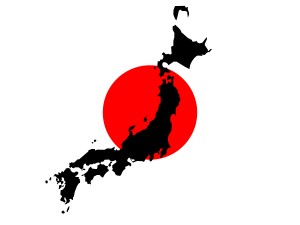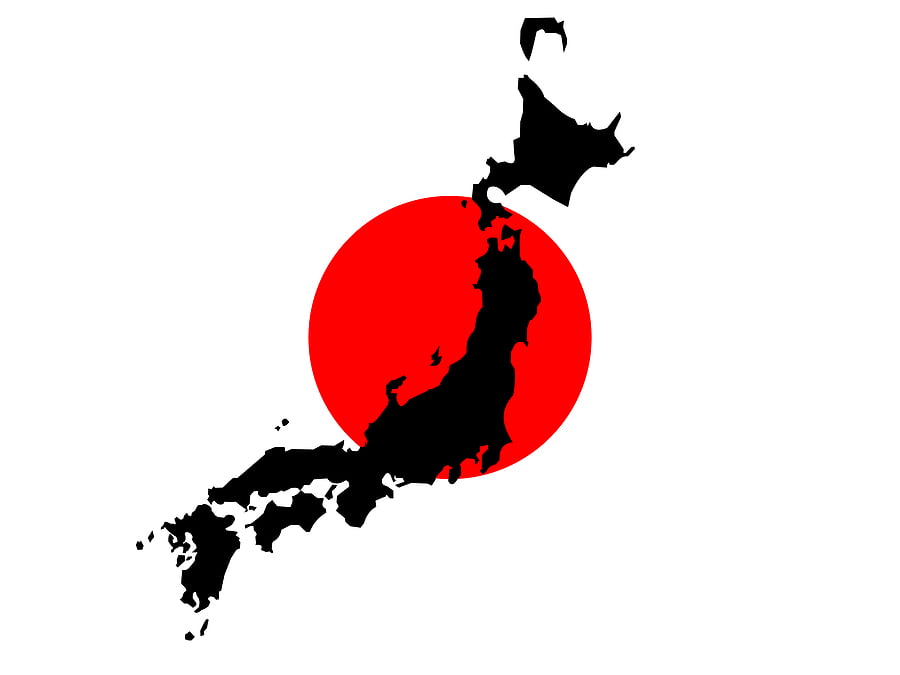2012-08-20 by Richard Weitz
Historically, the Japanese nation has proven to be highly adaptive to international pressures.
Not long after Admiral Matthew Perry forced Japan to open to foreign trade in 1853, the Japanese government initiated a comprehensive restructuring of the country’s political and economic systems. Termed the Meiji Restoration, this phase in Japan’s history saw rapid westernization and modernization. Japan confirmed its new power status by smashing the Russian Navy in 1905 at Tsushima.
The Meiji Restoration was, at its core, a recognition of external realities and a reorganization of Japan’s politics to meet these challenges. After defeat in 1945, Japan adapted again in response to its new security environment.
Throughout the Cold War, Japanese policy makers strove to distance themselves as much as possible from international political-strategic issues.
The common view among Japanese leaders was that international involvement outside of commerce could jeopardize Japan’s economic resurgence, the country’s top priority. In the words of one expert, “For decades it had no role in international affairs as ordinarily defined…Japan often seemed to behave more like an international trading firm than a nation-state.”
When the Japanese could not avoid responding to international security developments, they generally did so in a reactive manner, trying to follow the global consensus or at least the policy adopted in Washington.
Insofar as Japanese policy makers sought to promote their national security objectives independent of the United States, they sought to use non-military means, especially economic instruments such as strategically targeted foreign investment and billions of dollars of overseas developmental assistance. In seeking out commercial opportunities, those officials in charge of making and implementing Japanese foreign policy gave little weight to strategic, ideological, or other non-economic variables.

The pacifist system implemented during the Cold War took advantage of the American security guarantee, with its explicit nuclear umbrella, to maximize Japan’s economic development with minimal strategic distraction. The Japanese government was so concerned with abstaining from international activities that might disrupt their economic recovery after World War II that they sought to bind themselves through additional military restrictions beyond those imposed by the “no-war” clause contained in the American-made constitution. Prime Minister Yoshida Shigeru in 1954 advanced a new interpretation of Article 9 of Japan’s constitution that permitted the Japanese military to possess only the “the minimum necessary” forces for defending Japan from invasion.
In 1976, the de facto practice of limiting defense expenditures to approximately one percent of GNP, a level well below that of other countries, became official government policy. According to the three principles on arms control declared in 1967 and amended in 1976 by Prime Minister Takeo Miki, moreover, Japan cannot export most military equipment or technology. Finally, Japan’s three non-nuclear principles prohibit the country from possessing, producing, or permitting the introduction of nuclear weapons onto its territory.
Collectively, this strategic approach—limiting military spending, prioritizing economic development, evading international conflict, and comfortable dependence on the United States for security—became known as the Yoshida Doctrine and would guide Japanese foreign policy from the early 1950s through the end of the Cold War.
This posture of strategic abstention proved highly successful, allowing Japan to become one of the world’s great economic and technical powers.
The Doctrine allowed for some flexibility in its application. During the 1980s, Japanese leaders modified specific policies, while persisting in their Yoshida-determined strategic posture, in order to deflect the threat of American economic sanctions.
To avert imperiling their economic ties to the United States, the country’s most important commercial partner, Japanese leaders began underscoring their commitment to countering the growth of Soviet military power in East Asia.
For example, Prime Minister Yasuhiro Nakasone stressed his country’s strategic location for the United States by characterizing it as an “unsinkable aircraft carrier” for U.S. warplanes. The Japanese government also continued to increase defense spending in accordance with the country’s economic growth. Finally, Japanese authorities relaxed their export restrictions to permit limited transfers of defense technology to the United States.
Japan began tentatively testing the international diplomatic waters beginning in the 1970s, using Official Development Assistance (ODA) to advance its interests in China and the Middle East.
During the 1980s, it sought to deflect threatened American economic sanctions—which would have challenged the country’s highest foreign-policy priority—by offering to provide somewhat greater support against the perceived growth in the Soviet Union’s military capacity in the Pacific Ocean.
For example, the Japanese Prime Minister stressed the value of the country’s strategic location by calling itself an “unsinkable aircraft carrier.”
The Japanese government also continued to increase its defense spending in accordance with the growth in the Japanese economy.
Finally, Japanese authorities began to relax their trading rules to permit limited exports of defense technology to the United States.
Nevertheless, it was not until the 1990s, after the shock of the Persian Gulf War, that the country began engaging much more extensively in international political-strategic issues.
It was during this period, moreover, that serious talk began of revising—or at least reinterpreting in light of the perceived difficulty of securing the required two-thirds majority in the Diet—Article 9 of the Constitution to allow Japan to engage in a wider range of military operations.
In November 2002, the Foreign Affairs Task Force for the Prime Minister released a “Basic Strategies” document, which proclaimed, “Japan must formulate clear strategies as a state, which have been lacking so far. The basis of all strategy is national interest. Without a debate on the national interest it is impossible to set a course for the nation.”
Indeed, clarifying the “national interest” had been considered politically incorrect in the decades following the Second World War, as it was commonly associated with the aggressive nationalism and militarism of the 1930’s.
The Basic Strategies document argues for an “enlightened national interest” that can co-exist in the long-term with the national interests of other countries. The report also identifies four basic Japanese interests:
- maintenance of peace and security,
- support for the free trade system,
- protection of freedom, democracy, and human rights, and
- promotion of people-to-people exchange and development of human resources through exchanges in academia, culture, and education.
In its assessment of the international environment, the task force emphasized three major trends: the globalization of economy and society, the revolution in military affairs and China’s rapid economic expansion—all of which pose both opportunities and challenges.
Since the end of the Cold War, Japanese leaders have similarly sought to adapt to the new features of the international milieu.
Japan’s position within the Asia Pacific region has changed rather dramatically since the end of the Cold War.
Despite being on the winning side, the demise of the Soviet threat coincided with the bursting of Japan’s enormous asset bubble. A prolonged and demoralizing period of economic stagnation ensued.
The result was serious erosion in Japan’s global diplomatic influence, which was based on its economic achievements and reputation for generous aid packages.
The Japanese political system, rich in checks and balances, has found it difficult to make the hard policy choices necessary to sustain long-term economic growth, by reforming the country’s immigration system and the agricultural sector.
While Japan experienced a “lost decade” of economic and political stagnation, China has appeared to surpass Japan in both economic and military terms, presenting a potential threat to Japanese security.
Although the Soviet threat has vanished, hoped-for improvements in Japan’s relations with Russia and South Korea have yet to materialize. Meanwhile, North Korea has emerged as an unexpected security concern due to its development of nuclear weapons and ballistic missiles capable of attacking a Japan that currently lacks defenses against such strikes.
These changing conditions led the Japanese government to expand dramatically its involvement in international political-military issues during the past decade.
For a look at the evolution discussed in Japanese policy associated with the Defense White Paper 2012 see the following:
https://www.sldinfo.com/dynamic-defense-and-the-japanese-defense-white-paper-2012/


